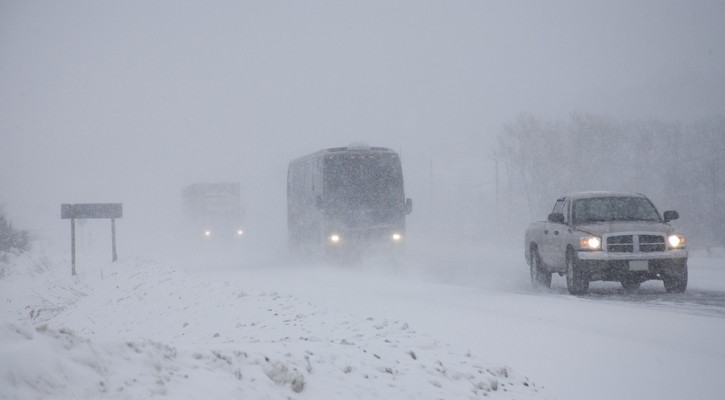
Winter Driving Tips
November 14, 2014
With another blast of cold air racing across the country, here are some good winter driving tips to help make winter driving safer and easier. The folks at Cars.com produced this video to point out the different automotive technologies available on some cars to help you negotiate those snowy, slushy roads.
View the video at: What you need to drive in winter
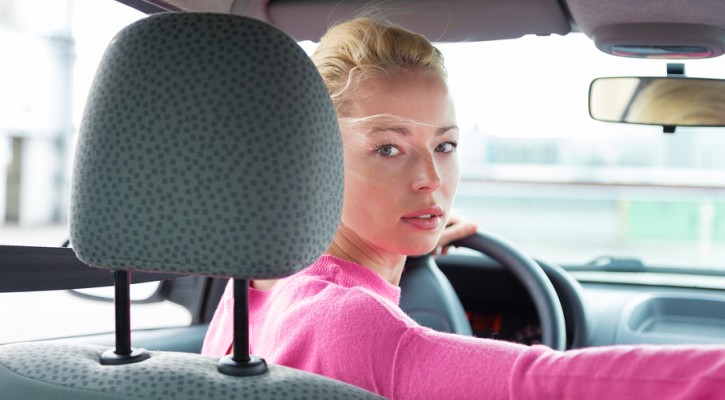
Ask The Traffic School Instructor: Backing Out Of A Parking Spot
November 12, 2014
Question: I was backing out of a parking spot and couldn’t see due to a large van parked next to me. Even though I was backing very slowly and carefully, I was hit by another car. Who’s at fault in this crash?
Answer: Technically, the driver who will be held at fault in a situation like this will be the driver who is backing out of the parking spot.
In looking at the Florida Statutes, the law simply says “The driver of a vehicle shall not back the same unless such movement can be made with safety and without interfering with other traffic.” That puts the responsibility of preventing a crash on the shoulders of the person backing out of the parking spot.
However, that being said, the true blame can probably be equally shared among the two drivers. Florida law also says the law doesn’t relieve anyone “from the duty to drive with due regard for the safety of all persons, nor shall such provisions protect the driver from the consequences of his or her reckless disregard for the safety of others.”
If the other driver was driving too fast or not paying attention, he or she shares in the blame. When driving in a parking lot, drivers should drive slowly, be on the lookout for anyone who may back out in front of them, and be prepared to stop quickly to avoid a crash. Even though the other driver may share in the blame, the person backing out will probably be the only one to get a ticket for failure to use due caution.
Remember that no one has the right-of-way. The law only tries to determine who should have yielded the right-of-way to another driver. The person backing out should yield the right-of-way to the drivers in the travel lanes but those drivers in the travel lanes should also be prepared to yield to prevent a crash.
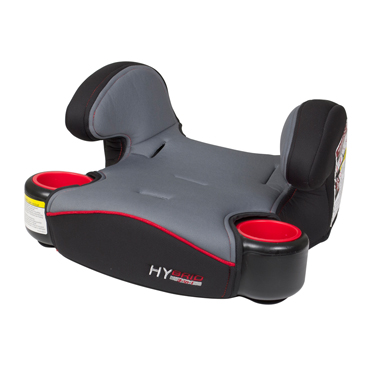
Insurance Institute Lists Best Booster Seats
November 10, 2014
The Insurance Institute for Highway Safety (IIHS) has come out with their list of best booster seats for 2014. To test the booster seats, the IIHS uses a special test dummy that represents the average six year old under a range of conditions that test for proper fit and placement under a range of different seat belt configurations.
When selecting a booster seat for your child, the key item to look for is proper fit and placement of the seat belts. Seat belts aren’t really designed for children and can ride up over the soft tissue of the abdomen instead of riding low over the hips. An improperly fitted seat belt could harm the child in a crash. Booster seats are designed to raise the child up so that the seat belt fits properly over the upper thighs and the shoulder harness rests over the center of the shoulder.
In assigning a “best bet” rating to a booster seat, the IIHS has determined that the booster seat will perform well on the typical four to eight year old in a variety of vehicles and seat belt configurations.
In checking with various retailers, the best bet seats range in price anywhere from under $25 to more than $200. For more information on testing procedures, proper fitting and the list of the top rated booster seats, visit: Booster evaluations for 2014
Photo compliments of: babytrend.com
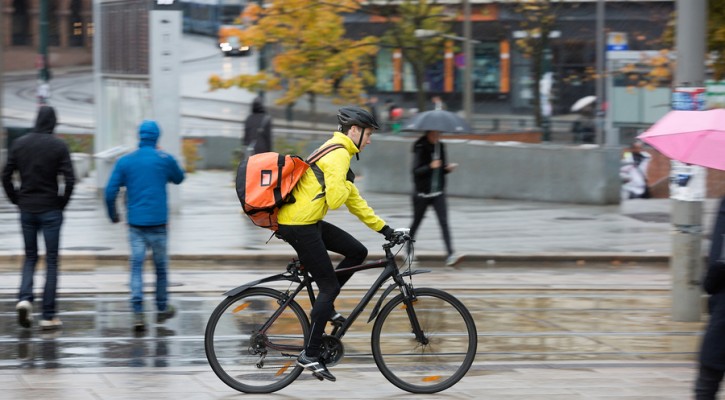
Bicycle Deaths On The Rise
November 6, 2014
Bicycle deaths are on the rise according to a report published by the Governors Highway Safety Association (GHSA). Unlike motor vehicle deaths that increased by only one percent, bicycle deaths increased by 16 percent between 2010 and 2012.
The report also shows some big changes in the patterns and trends of bicycle deaths compared to years past;
- Eighty-four percent of the bicycle deaths involved adults aged 20 and over compared to 21 percent in 1975.
- Males made up 74 percent of the bicycle deaths.
- Sixty-nine percent of bicycle deaths occurred in urban areas compared to 50 percent in 1975.
- Commuting by bicycle has increased by 62 percent since 2000.
While bicycle deaths have increased nationwide, 54 percent of the bicycle deaths occurred in just six states; California, Florida, Illinois, New York, Michigan and Texas.
Another disturbing trend is that, unlike alcohol related motor vehicle deaths which have gone down, bicyclists with a relatively high BAC have remained fairly constant.
In order to stop the trend, several things have to happen:
- Roads and highways need to include dedicated bicycle lanes.
- Motorists need to become more aware that bicycles are considered vehicles and they have a right to use the road. Motorists also need to be on the lookout for bicyclists, especially in urban areas where bicycle commuting is on the rise.
- More awareness needs to be given to the protection afforded by bicycle helmets.
- More awareness needs to be given to the fact that bicycling under the influence is just as dangerous as driving under the influence.
Read more: Bicyclist Fatalities a Growing Problem for Key Groups
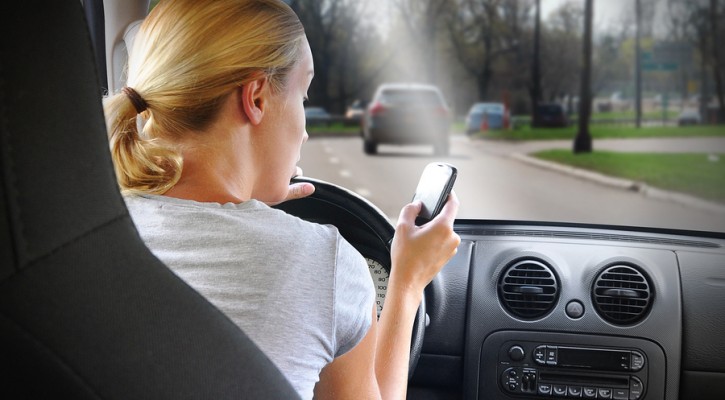
Aware Of The Dangers, Drivers Text Anyway
November 5, 2014
Even though they say they are aware of the dangers, most drivers still continue to use their cell phones and text while driving according to a new survey from AT&T.
As part of a campaign against texting and driving, AT&T surveyed 1,004 US adults about their driving and texting habits. The survey showed that, while 98 percent said they were aware of the dangers;
- Seventy-five percent admit to texting while driving.
- Two-thirds have read text messages while waiting at a traffic light.
- Twenty-five percent have sent text messages while driving.
- More than one-quarter believe they are capable of safely doing several things at once while driving.
Read more: Survey finds people text and drive knowing dangers
